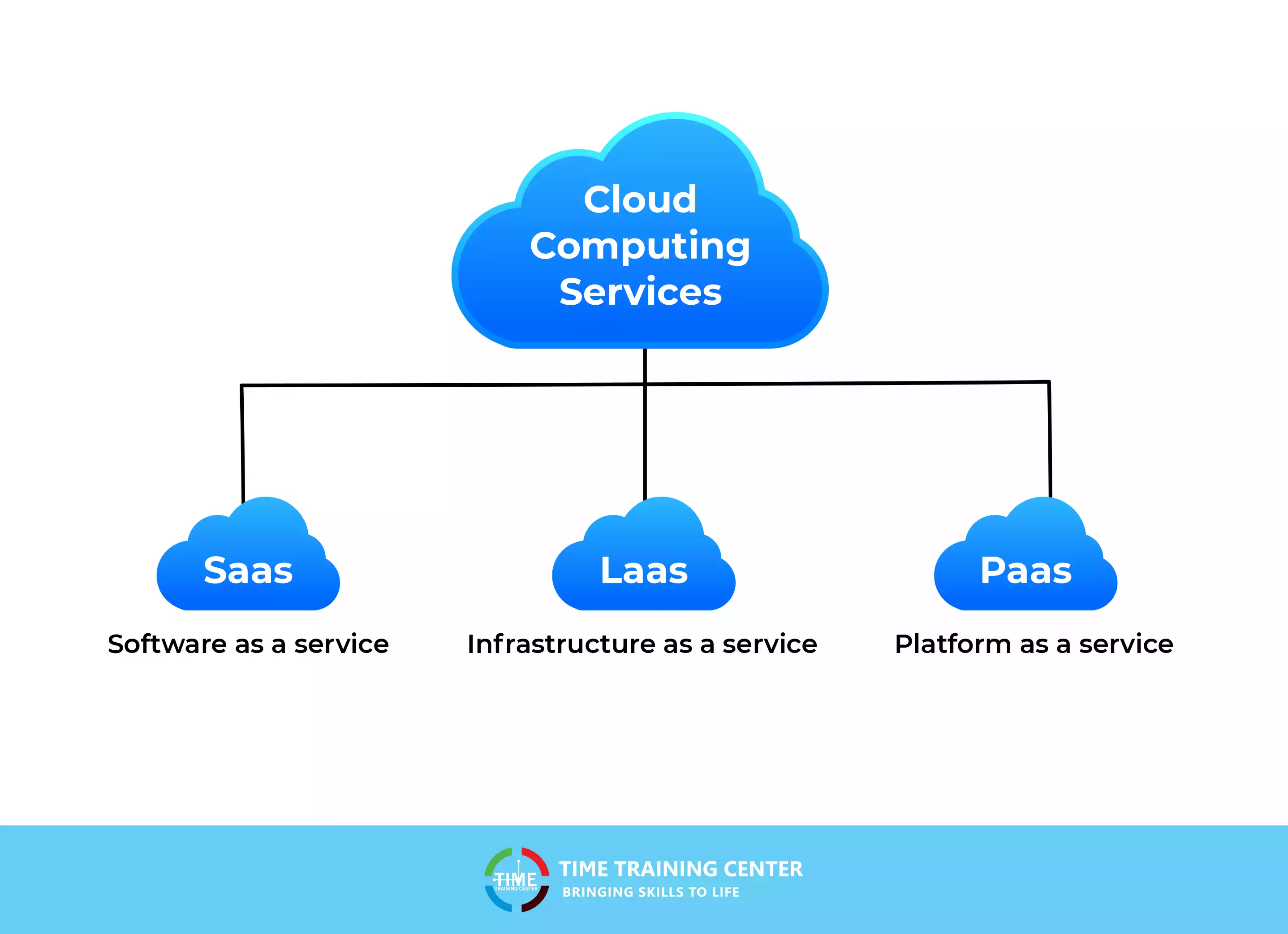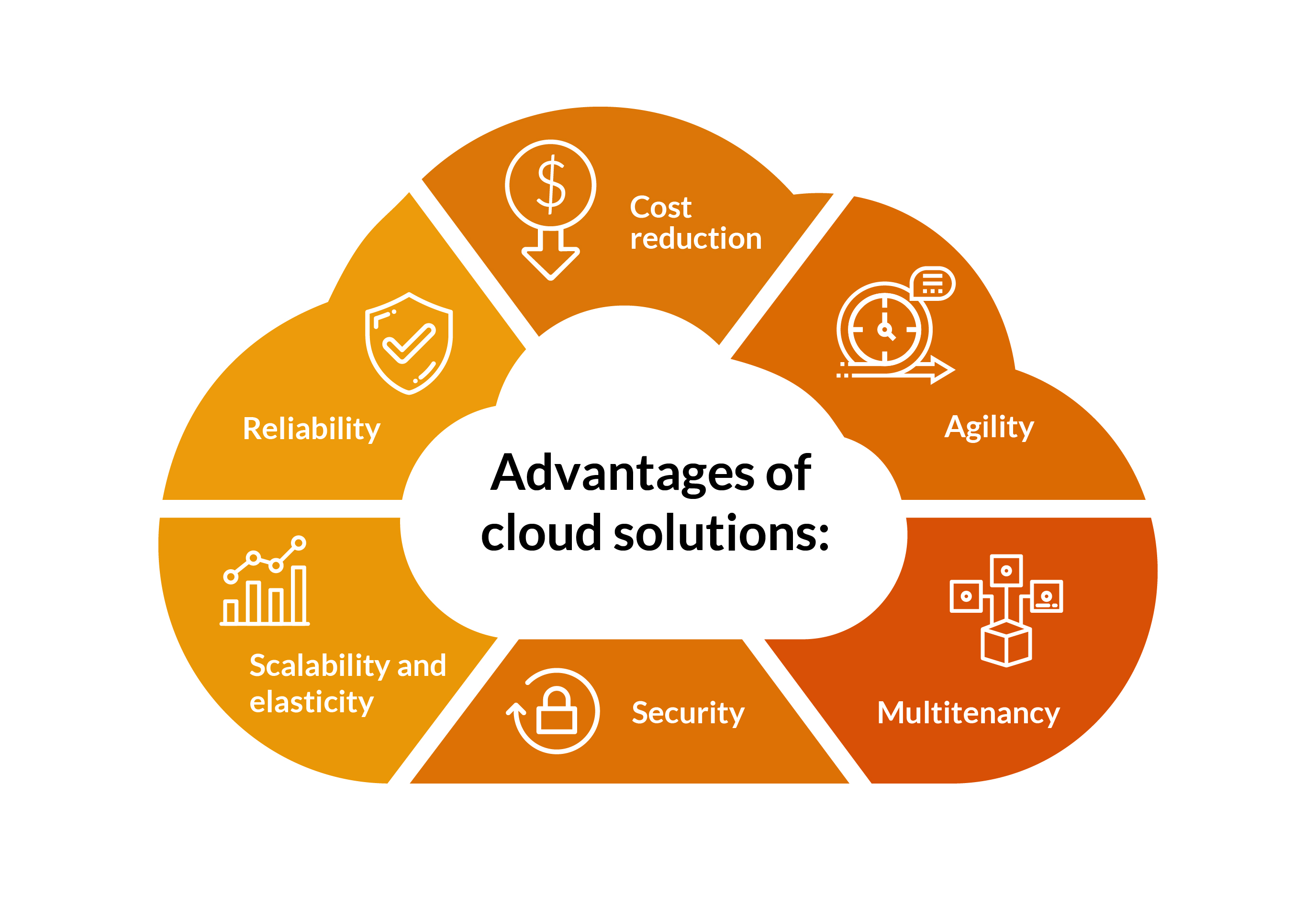LinkDaddy Cloud Services: Cutting-Edge Solutions for Your Organization Requirements
Wiki Article
Achieve Seamless Scalability With Cloud Services
In the ever-evolving landscape of cloud services, achieving smooth scalability stands as a cornerstone for modern-day services seeking to remain versatile and affordable. The quest for smooth scalability with cloud solutions unveils a globe of opportunities for those eager to embrace the transformative power of dynamic resource monitoring.Advantages of Cloud Scalability
Cloud scalability supplies companies the flexibility to dynamically readjust sources based upon need, guaranteeing optimum performance and price effectiveness. One key benefit is the capability to range sources up or down quickly in feedback to changing workloads. This dexterity makes it possible for companies to meet transforming client requirements without over-provisioning resources, ultimately resulting in set you back financial savings. Scalability additionally improves performance by making certain that systems can manage boosted web traffic or workload without experiencing downtime or slowdowns. By efficiently alloting resources, organizations can keep high degrees of performance throughout peak times without unnecessary expenses during quieter durations. Furthermore, cloud scalability promotes development and testing by allowing companies to conveniently evaluate brand-new ideas and scale them as needed. This adaptability encourages a culture of constant enhancement and adjustment, enabling organizations to remain competitive in a quickly progressing market landscape. Eventually, the benefits of cloud scalability prolong past cost savings to incorporate improved performance, dexterity, and advancement.Trick Features for Scaling
Efficient scaling in cloud solutions counts on crucial functions that make it possible for organizations to readjust sources dynamically based upon demand. One vital function for scaling is elasticity, enabling resources to scale up or down in action to rising and fall work. This ensures that companies can meet efficiency needs without over-provisioning resources. Another vital feature is scalability, making it possible for systems to handle raised work by adding resources seamlessly. This attribute is essential for accommodating development without compromising performance. Furthermore, automation plays an essential duty in scaling by automating the provisioning and de-provisioning of resources based on predefined plans. Automation lowers human treatment, enhances effectiveness, and makes certain quick action to altering needs. Surveillance and analytics tools are likewise crucial for scaling, supplying insights into source application, efficiency metrics, and prospective bottlenecks. These devices make it possible for companies to maximize and make informed choices source allotment for effective scaling. Generally, these crucial functions collectively empower companies to achieve smooth scalability in cloud solutions.Executing Auto-Scaling Strategies
To properly maximize resource allotment and adapt to varying workloads, companies must tactically implement auto-scaling methods in their cloud solutions infrastructure. Auto-scaling allows systems to automatically change the variety of compute sources based upon real-time demand. There are numerous auto-scaling techniques that organizations can use, such as anticipating scaling, which utilizes historical data to forecast future resource needs, and responsive scaling, which reacts to present work adjustments.
Best Practices for Scalability
For companies intending to boost their scalability in cloud services, applying best practices is vital for ideal efficiency and resource management. One trick best practice is developing applications with a microservices design. This method breaks down applications right into smaller, independent solutions that can be released, upgraded, and scaled individually, permitting for greater versatility and scalability.One more vital technique is using containerization technology, such as Docker or Kubernetes. Containers enable the packaging of applications and their reliances right into separated systems, making it simpler to scale components individually and deploy them continually throughout different environments.
Furthermore, applying automated implementation and framework as code (IaC) can simplify scalability efforts (linkdaddy cloud services). Automation tools like Terraform or Ansible assistance in provisioning and handling resources efficiently, minimizing hand-operated errors and making it possible for rapid scalability
Additionally, checking efficiency metrics, establishing signals, and performing routine capacity planning are important techniques to guarantee proactive scalability administration. By adhering to these best practices, organizations can attain seamless scalability in their cloud solutions while enhancing efficiency and source application.
Monitoring Performance Metrics
When assessing the efficiency of cloud services scalability, carefully monitoring efficiency metrics is crucial for making sure ideal capability and resource allocation. By constantly tracking crucial performance signs (KPIs) such as feedback times, latency, throughput, and resource utilization, organizations can obtain useful understandings right into the wellness and efficiency of their cloud framework. Monitoring performance metrics allows for the early discovery of potential bottlenecks or problems that can impact scalability, making it possible for proactive steps to be required to address them before they escalate.

Final Thought
To conclude, linkdaddy cloud services attaining smooth scalability with cloud solutions is essential for companies to enhance performance, enhance advancement, and maintain high efficiency degrees throughout peak times. By leveraging the benefits of cloud scalability, executing auto-scaling techniques, making use of essential features such as elasticity and automation, and following ideal methods like application design and performance monitoring, businesses can efficiently scale their systems while maximizing resource utilization and performance.The mission for smooth scalability with cloud solutions introduces a world of opportunities for those eager to embrace the transformative power of vibrant resource administration.
Cloud scalability supplies organizations the versatility to dynamically adjust sources based on demand, making certain optimum performance and expense performance. An additional key attribute is scalability, allowing systems to take care of enhanced workload by including sources effortlessly.For companies intending to boost their scalability in cloud solutions, carrying out best techniques is crucial for optimum performance and resource management.When analyzing the efficiency of cloud solutions scalability, carefully checking efficiency metrics is important for making sure optimal capability and resource allocation.
Report this wiki page